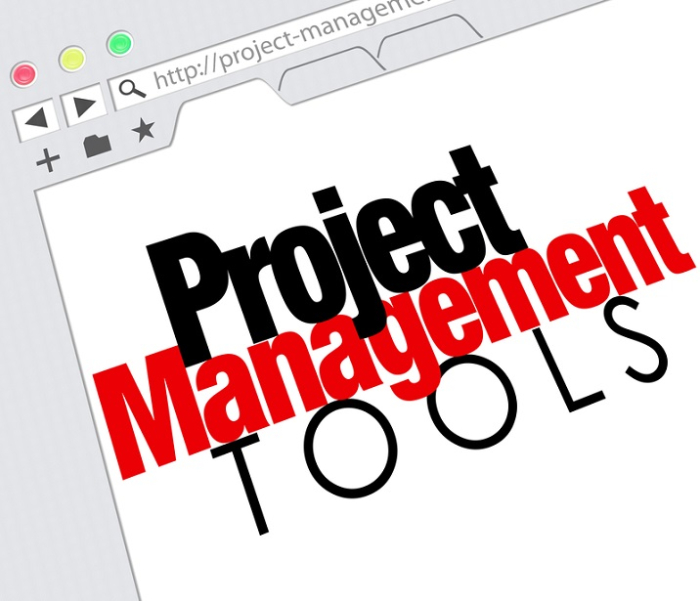
 Data Structure
Data Structure Networking
Networking RDBMS
RDBMS Operating System
Operating System Java
Java MS Excel
MS Excel iOS
iOS HTML
HTML CSS
CSS Android
Android Python
Python C Programming
C Programming C++
C++ C#
C# MongoDB
MongoDB MySQL
MySQL Javascript
Javascript PHP
PHP
- Selected Reading
- UPSC IAS Exams Notes
- Developer's Best Practices
- Questions and Answers
- Effective Resume Writing
- HR Interview Questions
- Computer Glossary
- Who is Who
Top 10 Tools and Techniques to Estimate Project Cost
Estimating the project cost can be a scaring exercise for many managers. It is often seen that many project managers across the industries burn the midnight oil to prepare a perfect estimation. Despite all the efforts, when the project cost exceeds the estimated budget, they face a lot of flak from all the corners. Though a perfect and accurate estimation of project cost may sound like climbing onto the peak of Himalayas, but a near perfect, appropriate estimation can be done with the help of few proper tools and techniques.

There are a lot of uncertainties associated with the project in terms of schedule, scope, and resources. You do not have the clear picture at the beginning; the story unfolds in the later stages. So, it is important to access the future activities of your project at the initial phases considering the available information.
Let us discuss the top 10 tools and techniques which are popular and are used for estimation –
Expert Judgement
While estimating the project cost, the first step is to take the comments from the experts. The experts are the people who have prior knowledge on similar kind of projects. So they can suggest valuable insight based on their experience. You can also take their advice on various tools and techniques that can be used to estimate similar kind of project.
Analogous Estimation
Normally, at the early stages of your project, you do not have much detail, so taking into account of similar projects previously completed by your organization, the cost of the project can be estimated. Analogous estimation technique uses the parameters such as scope, budget, duration, size, weight and complexity of previous projects having similar nature of works. It measures the current project on that basis and does the estimation.

The technique is less costly and less time-consuming. But the accuracy of this estimation is lower than the other estimation techniques as it is purely based on historical data. It can be applied to the whole project or some part of the project in combination with other techniques.
For example, if the budget of a particular activity in the previous project has X amount, and by measuring the same activity in your current project looks identical, then the same X amount can be applied to that.
Parametric Estimation
This technique uses an algorithm to calculate the cost of the activity considering the historical data and other project variables. A statistical relationship needs to be evaluated between the historical data and other variables. This technique can be used for the complete project or for some

of the activities in conjunction with other estimation techniques. This is one of the most accurate techniques to estimate the cost of the project.
For example, in an industrial project, one of the activities is to make 10 valves in the first phase. So as part of historical data gathering, you got the information that construction of each valve requires $150.
Based on that information you can calculate as:
- Total cost of making 10 valves = cost per valves * no. of valves
- Total cost = $150 *10= $1500
Bottom-Up Estimation
Bottom-up estimation technique starts with the estimation from the lower level i.e. the work package level created as per WBS and then rolled up to higher-level. The accuracy of this estimation technique is high as you are doing the estimation from granular level
Three-Point Estimation
To deal with uncertainties and risk, you need to take the help of three-point estimation which is also referred as PERT- Program Evaluation and Review Technique.
The Program Evaluation and Review Technique use three types of estimations:
- M – Most Likely: The realistic or ideal situation, all the required resources will be assigned and can achieve the expected productivity
- O – Optimistic: Estimation based on best case scenario
- P – Pessimistic: Estimation based on worst case scenario
Based on the above assumptions, the expected duration can be calculated using two basic formulas.
- Triangular Distribution – (O+M+P)/3
- Beta distribution – (O+4M+P)/6
Reserve Analysis
To deal with uncertainty, you need to allocate some funds called as the contingency reserve. That is the part of the cost baseline to mitigate the identified and accepted risks. Also for unknown risks, an amount needs to be estimated which is called management reserve. This is not included in the cost baseline but part of the overall project budget. It is important to keep the reserve budget to deal with uncertain events. The contingency reserve is under the project manager authority, while to use the management reserve the project manager need to take approval from the sponsors.
Cost of Quality
Basically, two types of costs are there to ensure the quality, one is called the cost of conformance which is the budget required for prevention and appraisals, and another one is cost of non-conformance that may be used up due to internal and external failures. Cost of quality means estimating the cost of both conformance and non-conformance expenses.
Project Management Software
There are some tools which can be used to perform the project cost estimation, such as cost estimating software application, spreadsheets, simulation and statistical tools.
Vendor Analysis

This is another technique to estimate the cost by comparing the various bids proposed by the vendors. There may be differences in their bids but you can get an idea considering the average bid values.
Group Decision Making Techniques
This technique emphasizes the involvement of a group of people who are going to perform the technical work. By involving those you will gain more details on the work and thus helpful to estimate more accurately. Also, it develops a commitment from the people who are involved in the discussion to complete the work as estimated.
Depending upon the nature of your project, either you can apply these techniques together or in combinations of few techniques to estimate the project cost. Also, keep in mind that the estimations are never drawn to an exact figure; it is always in the probable ranges. In the initial phases, the preliminary estimate ranges between -15% to +50%, while the rough order of magnitude estimates in between -25% to +75%. And the budget estimate falls in -10% to +25% ranges.

